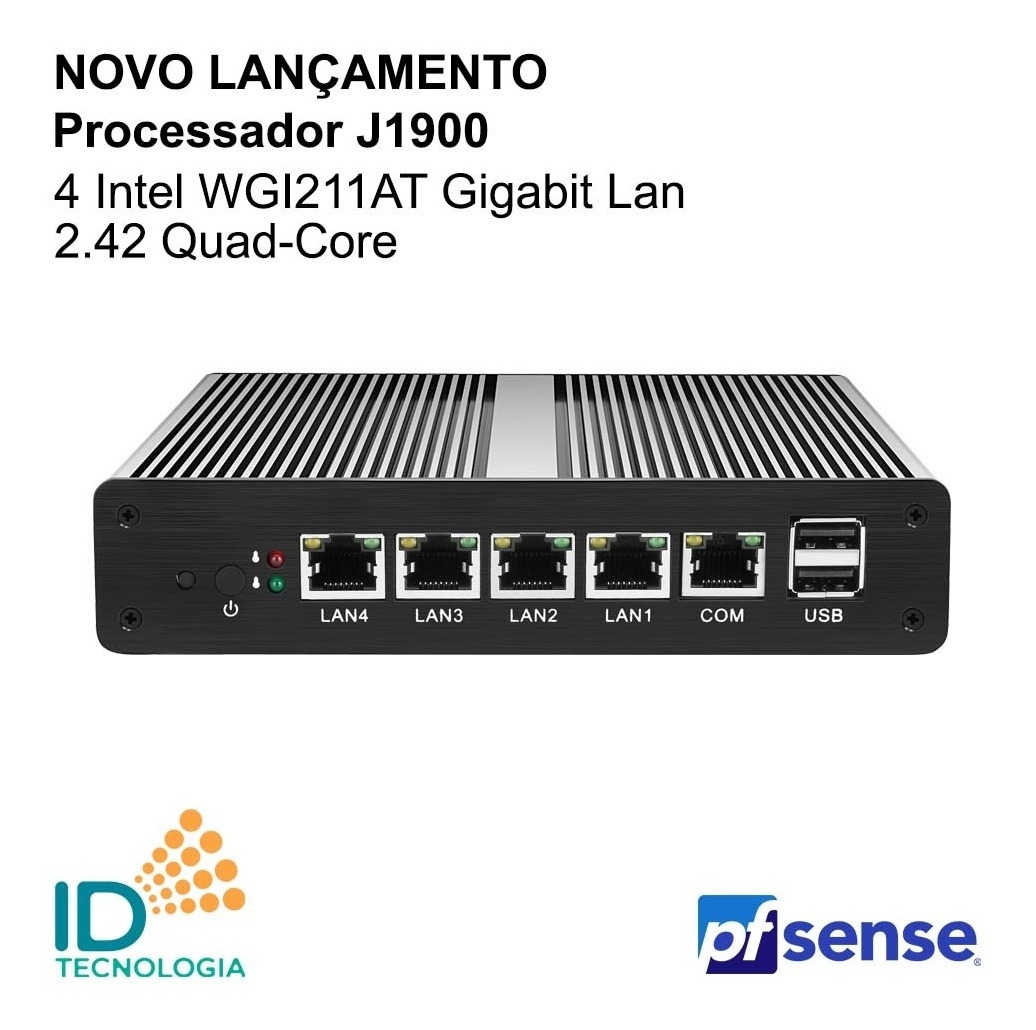

In this tutorial, we will use two pfSense virtual appliances for High Availability. Task 1: Install two pfSense Virtual Appliances on Oracle Cloud The term pfSense Shell is used in this tutorial, you can access the shell by ssh’ing into the instance and selecting 8 in the pfSense menu.You can use the pfSense Edit File tool located in the pfSense console, Diagnostics, Edit file to make file changes.Primary instance - Node1, secondary instance - Node2.In this tutorial, we have one regional Virtual Cloud Network setup with two subnets: public and private with the CIDR of 192.0.2.0/29 and 192.0.2.8/29 respectively.All required policy setup for Oracle Object Storage, Virtual Cloud Networks, Compute and Custom Images.A Virtual Cloud Network setup in the tenancy.Setup pfSense virtual appliance in a high availability active/passive configuration with the help of Corosync/Pacemaker in OCI. PfSense is a free and open source firewall and router that also features unified threat management, load balancing, multi WAN, and more. Oracle Cloud Infrastructure (OCI) offers high-performance compute capabilities (as physical hardware instances) and storage capacity in a flexible overlay virtual network that is securely accessible from your on-premises network. Oracle Cloud Infrastructure (OCI) is a set of complementary cloud services that enable you to build and run a wide range of applications and services in a highly available hosted environment. Contact the pfSense support team before trying this tutorial. Note: pfSense is not officially supported on Oracle Cloud Infrastructure by Netgate or Oracle.


When completing your lab, substitute these values with ones specific to your cloud environment.Ĭonfigure a pfSense High Availability active/passive cluster with Corosync/Pacemaker on Oracle Cloud Infrastructure It uses example values for Oracle Cloud Infrastructure credentials, tenancy, and compartments.To sign up for a free account, see Get started with Oracle Cloud Infrastructure Free Tier. This tutorial requires access to Oracle Cloud.


 0 kommentar(er)
0 kommentar(er)
